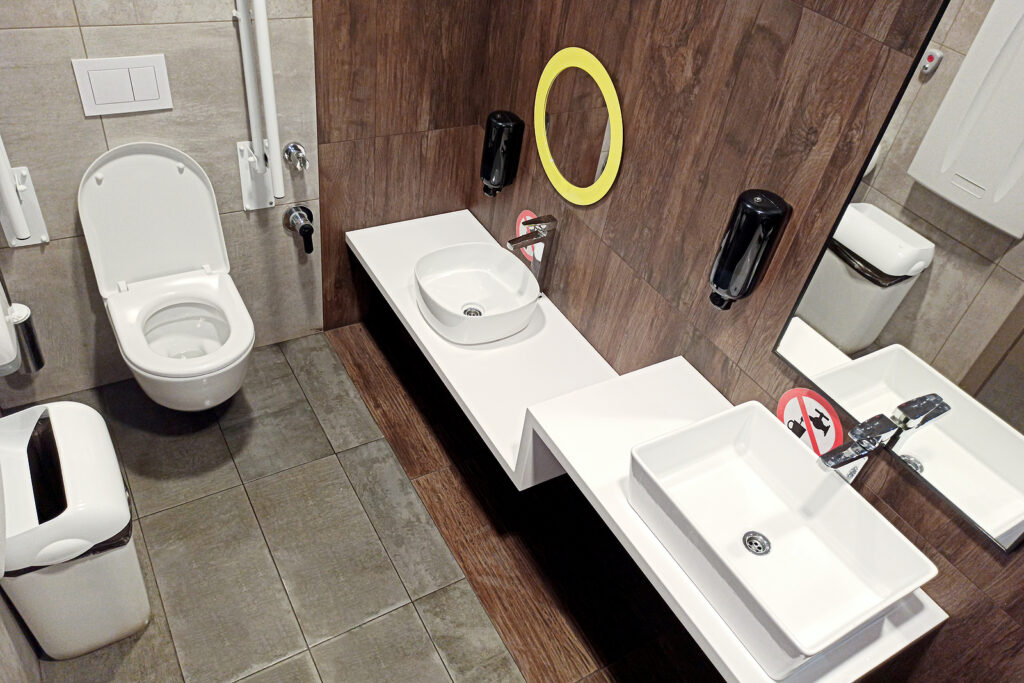Wet rooms are a popular choice for those wanting to update their bathroom and they are also the perfect accessible bath solution as they are all on one level and enable easy manoeuvring of wheelchairs and other mobility aids.
However, transforming your bathroom into a wetroom is a huge task and there are several key points to consider before committing to it.
Firstly, consider the space you have. Wet rooms are open plan, all on one level and are essentially one big shower with a sink and toilet in them. It is important that you have enough space in your existing bathroom to allow for the correct placement of everything.
If you have a small bathroom, you may want to consider extending your bathroom before converting it into a wet room to ensure you have as much space as possible.
Wet rooms also require proper ventilation. If your bathroom exists in an area of the house with poor ventilation, such as in the centre of the house with no windows, you may want to consider other options. Damo can form in rooms with inadequate ventilation which can cause mould and mildew to grow.
Next, consider what anti-slip precautions you are going to take. While wet rooms are one of the more accessible bathroom options, they can become very slippery and unsafe. Ensuring you have planned for effective anti-slip flooring and additional aids such as rails is key for your safety.
Finally, consider the maintenance. Wet rooms require frequent cleaning and maintenance to ensure they stay clean and damp-free. While this isn’t necessarily a tasking job, it may be difficult for people with mobility issues to maintain a wet room without assistance.
Walk-in showers are a great alternative if a wet room is not a suitable option and still enable wheelchair users and less mobile people to easily access the shower without the added upkeep of an entire wet room.

